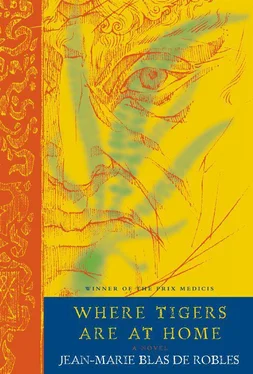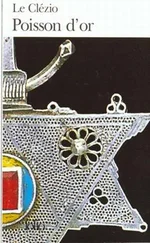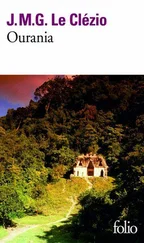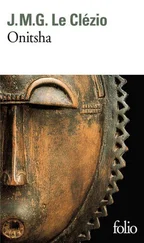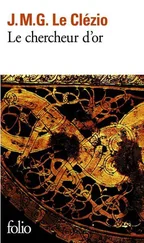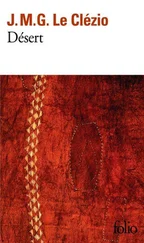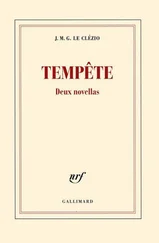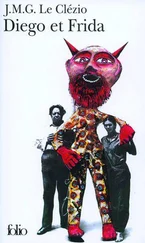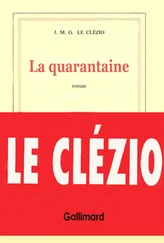The College surgeon, Father Ramón de Adra, was summoned immediately and found that he had milky urine, his lower abdomen tensed & his tongue covered in a yellowish brown sediment. As for his pulse, it was beating much more quickly than normal & was very irregular. Seeing this, he prescribed a light, astringent diet based on vegetable stock, to which the juice of sorrel or lemon, Morello cherries & pomegranates could be added. Father Ramón then bled him as a preventive measure, assuring me the illness would leave no serious aftereffects.
The next day there was no improvement in his state; on the contrary, Kircher had purplish ulcers, hard to the touch, inside his mouth & on his lips as well as on the glands in his groin & armpits. He had black, fetid diarrhea, which left him so exhausted he was insensible to everything apart from a severe headache that held his forehead in a torturous grip. Seeing these new symptoms, which are characteristic of recurrent fever, Father Ramón could not conceal his anxiety; if Father Kircher were not carried off during the next seven or eight days, he said, there was perhaps some hope that he might recover. So that he had left nothing untried, he prescribed small doses of cream of tartar mixed with ipecacuanha — to curb the violent stomach pains & encourage perspiration—&, alternating with them every two hours, a half dram of snakeroot & ten grains of camphor in order to build up his strength. Regardless of expense, he also gave me an ounce of the best quina, ground up very fine, & several poppy heads to be administered in minimal doses during his bouts of fever. Then he left, but not before having advised me to purify the air in the room by keeping the window open and burning vinegar all the time.
On the seventh day, since there had been no improvement, Father Ramón authorized me to try a remedy Athanasius had always been against but that his worsening state & approaching end meant we could no longer put off. So I had a live sheep brought in, which we tied to the foot of his bed. And I did well to do so, for on the ninth day — either because the animal had breathed in the poison coming out of my master’s body, thus taking it away from the victim, or because of some happy coincidence — we found the sheep dead & Athanasius well on the way to recovery.
Less than another week had passed & my master was already proposing to get back to work. Father Ramón argued strongly against this, pointing out that such fevers came first & foremost from enclosed air & excessive confinement in one’s study. For this reason he prescribed frequent walks in the country & a healthy routine regulated by the course of the sun.
When, however, on our very first outing he introduced me to Agapitus Bernardinis, the young engraver who was to accompany us outside the city walls and whom he praised highly, I realized that my master intended to kill two birds with one stone & had only given way in order to profit from his medically enforced idleness. When I asked him, he readily explained his thinking to me: obsessed with the urgency of completing his archaeological project, he had decided to travel around the whole of old Latium on foot so as to build up a picture of ancient Rome & prove the perfect agreement of Latin history with that of the Bible. Despite my concerns about the possible repercussions of such a plan on his health, I determined to help him as best I could in his enterprise.
Thus until May arrived we went around all the ruins of the city, both inside and outside the walls, making maps and plans of all the places or buildings that still bore the marks of their great age. Nothing escaped my master’s meticulous curiosity, neither the magnificent remains of the Domus Aurea nor those more modest ones of the Temple of the Tiburtine Sybil, whose oracles had in vain announced the advent of Our Savior to Caesar. At Tusculum, where in the old days Tiberius and Lucullus had taken refuge from the plagues of the city, we went to see a number of villas erected on the same site by the noble families of our time. They all received Kircher as a distinguished guest & graciously did anything they could in their keenness to aid his research. No one, however, treated us with such kindness as old Cardinal Barberini. His house having been built on the ruins of the temple of the goddess Fortuna, Athanasius was able to make a faithful recreation of the appearance of that edifice, the most imposing & most successful of Roman architecture. In the cellars he even had Agapitus copy an original mosaic that showed precisely the blessings of the goddess through a beautiful scene on the Nile. We completed out studious walks on the slopes of Mount Gennaro in order to observe people harvesting manna, Styrax & terebinth resin.
Back at the Roman College Agapitus’s folders were full to bursting with drawings & my master’s with enough notes for ten volumes on Latium. But however estimable this was for our knowledge of Roman history, the full splendor of Kircher’s study only came with the sagacious conclusions his genius reached: everything vouched for the fact that the tribe of Noah had been the first people to settle in Italy, shortly after the collapse of the Tower of Babel; as for the Roman gods, they were nothing but avatars of Noah himself, that holy man whose memory, distorted by legend & myths, had been preserved in the myriad facets of a grotesque pantheon.
“Saturn,” Kircher said to me one evening when we were strolling around the Capitol chatting, “the god who himself gave its name to Latium — when Italy was still called Ausonia — Saturn was revered for the golden age his just & peaceful reign had given the Aborigines, that is humanity. This golden age clearly corresponds to the period of abundance established by Noah when he came out of the Ark. And just as Ham, Noah’s son, showed his rebellious spirit in not covering his father’s nakedness on the night when Noah had made himself drunk on wine for the first time, so Jupiter, the son of Saturn, mutilated his father in the place of the organs of generation, thus destroying by that senseless act the happy times of our beginnings. What you must realize, Caspar, is that the gods of paganism are merely mortals who stand out by their qualities or their weaknesses from the common run of men and have been deified through the ignorance of others. Neptune & Pluto, the other two sons of Saturn, thus correspond to Shem & Japheth, & this analogy can be established between all the great figures of the Bible & all the idols past or present of the nations of the Earth.
By now the fever that had laid my master low was, as you will have been happy to note, nothing more than a distant memory.
Kircher celebrated his sixtieth birthday in the College and amazed everyone with his renewed vigor. Tanned by the fresh air & sun of the Campagna, he kept on gently teasing our young novices about their pale complexions, all the while drinking quantities of the white wine Father Ramón insisted he take to complete his recovery & guard against a possible relapse. Challenged to arm wrestling by the more vigorous among us, he defeated his adversaries one by one without appearing the least affected by his repeated exertions. I was so happy to see him in this frame of mind that I spent the whole night giving thanks to God.
After having solved the mystery connected with the poisoning of the Pamphilius fountain & invented the “Tructometer” to prevent a repetition of such an unfortunate happening, my master immersed himself in his work again. At the same time as the Arca Noe he had taken it into his head to write an apology for the Habsburgs of Austria. Rereading his copious correspondence with some of those illustrious personages for this purpose, Kircher came across a letter from the late Emperor Ferdinand III, who had shown exemplary constancy as his patron & friend. A passage in this letter struck my master like a thunderbolt. “He was right,” Kircher muttered, putting the letter down on a table already covered in opened letters & papers. “How could I not see it at once?!”
Читать дальше
